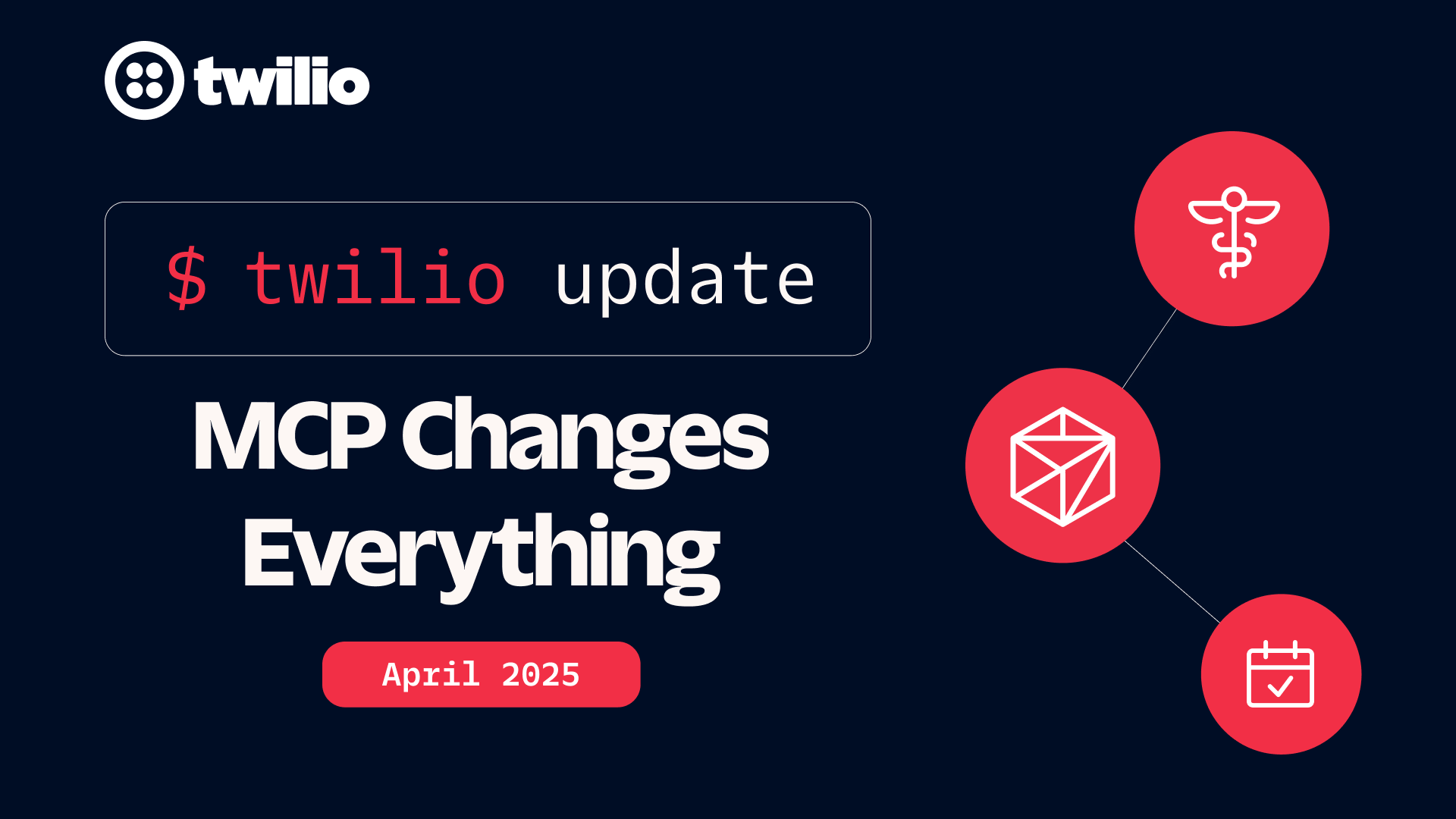How to use AI

Time to read: 7 minutes
Interested in AI? You’re not the only one. Across industries, businesses and professionals are turning to AI for task automation, data-driven insights, and lots more. AI is a versatile technology, opening the doors for incredible innovations and opportunities.
So, “How can AI benefit me or my business?” Well, you’re in the right place.
In this guide, we’ll walk you through the fundamentals of AI. We’ll look at how it works, its potential in real-world applications, and ethical considerations that you need to know.
Why is AI such a game changer? Let’s find out.
What is AI?
When you hear the term AI, what comes to mind? Sci-fi movies, self-driving cars, and robots? Well, it’s much broader than that. AI is a branch of computer science focused on creating machines to perform tasks that would ordinarily require human intelligence. These tasks include learning from data, making decisions based on that data, and solving complex problems.
Consider all the things you need to keep track of when you drive a car. Imagine yourself stopped at a red light. There are pedestrians waiting to cross the street. A biker approaches from behind. A car waits to turn left. Another car approaches the red light a little bit fast. Maybe a bus pulls into the right lane to drop off riders.
There’s so much information to process, and it’s all just to decide how quickly you should accelerate when the light turns green. That data-based decision-making and complex problem-solving requires human intelligence.
And with AI, computer scientists create systems to mimic that human intelligence. Imagine computer programs that can recognize your face from among a crowd of people at a baseball game. Or systems that can predict weather patterns with uncanny accuracy.
AI is an extremely versatile tool—with applicability across industries and fields—making it an incredibly transformative technology. But how does it work? We’ll discuss that next.
How does AI work?
At the risk of oversimplifying things, let’s start by saying that AI works by analyzing data—lots of data—to identify patterns. Based on these patterns, AI systems build algorithms (sets of rules or instructions) to do things like:
- Make data-driven decisions.
- Predict future events based on historical data.
- Create entirely new, original content.
AI is also dynamic. After a system has learned patterns from data, it can start to make predictions. The accuracy of those predictions becomes new data, which is how the system learns. Over time, the system gets better and better.
Some people might phrase it this way: the system gets smarter. But that’s misleading. Maybe a better way to describe it is this: the system has more data to learn from, so it can improve its ability to make predictions.
Let’s walk through some key concepts to explain this further:
- Algorithms are the rule-based instructions that guide AI in decision-making. These can range from basic to complex, depending on the task.
- Model training is the process of training an AI system on data. As a model gets trained on more data, the accuracy of its algorithms in making predictions or correct decisions improves.
- Machine learning is a field of AI focused on algorithms that allow computers to learn from new data, improving decision-making capabilities over time.
- Neural networks are advanced algorithms inspired by the structure of the human brain. These recognize patterns by interpreting and learning from data.
- Natural language processing is a field of AI focused on enabling computers to understand, interpret, and respond to human language.
- Predictive AI vs. generative AI is a crucial distinction regarding AI to understand. Predictive AI uses historical data to make future predictions, whereas generative AI creates new content, such as artwork or music, based on its training data.
If you’re interested in learning about other AI-related terms, check out Twilio’s Complete Generative AI Glossary for Businesses.
Now that you know the basics, let’s explore practical applications. What might it look like for businesses and individual professionals to use AI in their work today?
5 ways businesses can use AI
Are you a business leader entranced by the potential of AI? You’re not alone. AI isn’t just a buzzword—it’s becoming a game changer for businesses, big and small. But how would you leverage it?
Let’s look at five ways that your business can leverage AI.
1. Data analysis
In modern-day technology, it’s all about the data. Your systems—including your website, mobile app, social media channels, customer service channels, and email marketing campaigns—have the potential to pull in a staggering amount of customer data.
But what good is all this data if you can’t make sense of it? AI-powered tools can sift through these enormous datasets to identify trends and insights that would be impossible for human analysts to spot. With the help of AI, you can make smarter business decisions and predict future market trends.
2. Personalization
Have you ever wondered how some websites seem to know exactly what you’re interested in? That’s the magic of AI-powered personalization. AI systems can analyze customer behavior, identify patterns and preferences, and personalize the user experience for each individual customer. It might sound futuristic, but it’s already here. For more on this, check out the following:
- 7 ways to use AI to supercharge your marketing strategy
- Uplevel your customer engagement technology with AI technology
3. Customer support
No customer likes waiting on hold. AI can help you with that. Automated customer service solutions, like chatbots, can handle basic queries from customers. This frees up your human agents for more complex issues, reduces operational costs, and scales as your business grows. Learn more about how to improve the customer experience with AI and how to supercharge customer engagement services.
4. Inventory management
Based on historical data and current market trends, AI systems can help you predict product demand. That means with AI assistance, you can manage your inventory more efficiently. You’ll avoid overstocking and running out of products, leading to cost savings and more efficient operations.
5. Fraud detection
AI algorithms can monitor real-time activity—whether financial transactions, social media interactions, or other user actions—to identify suspicious activities. By learning from historical fraud data, AI systems can flag potentially fraudulent activity and alert you to take immediate action.
5 ways professionals can use AI
AI isn’t just for the big names. Even if you’re a solo professional, you can harness the power of AI to enhance your work. Here are five ways that you take advantage of AI.
1. Task automation
Mundane, repetitive tasks are the spoilsport for freelancers and budding entrepreneurs. It might be data entry, appointment scheduling, or drafting personalized, cold-call emails. Automated tools backed by AI can handle these tasks for you. Imagine what you could do with all that extra time.
2. Translation and transcription
Language barriers—appearing in emails and meeting calls—can be a real nuisance, especially when you work with professionals all around the world. Fortunately, AI-powered tools help remove those barriers. Transcription tools (such as Twilio’s Programmable Voice) can convert spoken content into written form, while AI-powered translation tools can make that information more accessible and straightforward to analyze. Then, you can run your calls through Voice Intelligence to tease out meeting summaries, action items, and spoken sentiment.
3. Research summarization
Need to quickly sift through massive volumes of text—such as research papers or market trends reports—and generate concise summaries? AI tools can help you save time and digest content faster. Spend less time preparing for meetings and be better informed when it’s decision time.
4. Content creation
Are you in the content creation business? If so, generative AI tools can help you by generating written content, graphics, and basic videos. Maybe you’re a marketer who needs to create engaging 280-character posts. Or maybe you’re a presenter who needs to create some visuals. AI tools can help you produce high-quality content—quickly and efficiently.
5. Health monitoring
AI is powering the next generation of wearables and apps for monitoring health metrics. This is good news for anyone in the business of personal fitness and wellness. AI-backed tools can provide real-time insights and alerts to help wearers proactively manage their health.
Using AI responsibly
There’s no question that AI opens the doors to a world of applications and benefits. But it’s also crucial to consider the ethical implications. As the applications for AI grow, so does the concern around its responsible use. Let’s look at a few specific areas of impact.
1. Data privacy
AI is most effective when built and trained on top of a lot of data. Naturally, this leads to data privacy concerns. What do we do about AI systems that require access to sensitive data? How do we ensure proper data handling to avoid breaches of privacy?
By ensuring that anybody working in the AI department must collect, process, and store data in a secure and compliant manner, you protect individual privacy.
2. Bias mitigation
If AI can make decisions or predict outcomes based on historical data, what would happen if it had skewed historical data? That’s the bias issue. When AI systems get trained on biased data or designed without ethical considerations, this can have serious ramifications for accurate decision-making.
Before you adopt an AI-based tool or use an AI model, look into how that model was trained and secured. Then, as you leverage AI, you’ll need to ensure that your AI applications are fair and equitable.
3. Transparency
Transparency is a big concern in AI because many people (and organizations) don’t necessarily understand how AI systems work. It’s all still vague to them. Can we just put in inputs and trust the outputs?
This fuzziness about the details of decision-making leads to calls for better transparency in the use of AI. Users have the right to know when they interact with AI, along with how AI might influence the choices presented to them.
To help address these concerns, Twilio has introduced the AI Nutrition Facts label. The intent is “to give consumers and businesses a more transparent and clear view into how their data is being used, especially when it comes to training LLMs with vendors like AWS, Google, and OpenAI.” If you plan to use AI—and aim to use it responsibly—you can learn more about AI Nutrition Facts.
Get started using AI with Twilio
In this article, we’ve spanned a lot of topics. We’ve covered the basics of AI, brainstormed some ways you can use it, and highlighted some ethical considerations. Whether a business, an entrepreneur, or a technologist, you’ve probably arrived at this point with some good ideas about how you’ll use AI.
When you're ready for some next steps in AI, know that Twilio offers solutions tailored for businesses and professionals. For example, you can enhance customer interactions with intelligent automation by using CustomerAI.
Ready to dive deeper? Explore Twilio’s library of resources for AI-related content. Then, familiarize yourself with Twilio’s approach to trusted CustomerAI.
Related Posts
Related Resources
Twilio Docs
From APIs to SDKs to sample apps
API reference documentation, SDKs, helper libraries, quickstarts, and tutorials for your language and platform.
Resource Center
The latest ebooks, industry reports, and webinars
Learn from customer engagement experts to improve your own communication.
Ahoy
Twilio's developer community hub
Best practices, code samples, and inspiration to build communications and digital engagement experiences.

